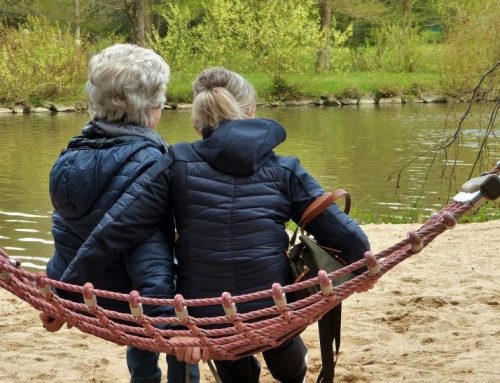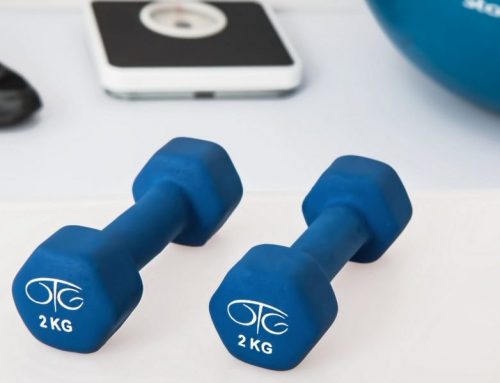We are right in the middle of the winter sporting season for many young athletes playing AFL football, netball, basketball, soccer and even dancing. Sport is a vital part of life for many young people. Sport and competition is an important component of school life; and representing your school or club is a highlight in the development of many young people.
The most important thing is to remain injury free and to maximize your ability with the training and skills you have.
Here are the Top 5 tips for young athletes to prevent injury and maximizing sporting performance;
1. Nutrition
Meals should include foods that have protein, carbohydrates and healthy fats. For example a meal consisting of meat (or plant based alternative), brown rice, eggs and vegetables provide the necessary macro nutrients for your body.
Avoiding highly processed foods and foods high in sugar is especially important.
2. Water Intake
Along with well balanced meals you should ensure remain are well hydrated. This can be achieved by consuming an adequate level of water, electrolyte drinks or amino acids to replace any fluid lost during training sessions or game days.
Drinking 1.5 L of water a day is generally recommended but especially important the couple of days leading up to a match or performance, particularly if it’s going to be hot day. Ensure you have a bottle of water for quick and easy access to maintain hydration for peak performance.
3. Warming Up
On the day of the match or performance ensuring a full warm up of dynamic stretching and cardio to raise the heart rate and allow the body to warm up. Sometimes young athletes want to get started straight away and go on stage or out on to the field but if you don’t warm up the risk of injury is higher.
Proper warm ups should consist of 5-10 mins of cardio activity such as jogging, jumping jacks, skipping; this should raise the followed by 5-10 mins of dynamic stretching; such as leg swings. Sitting still while in a stretch before a game is not recommended as it lengthens the muscles without strengthening it.
The final part of a warm up 5-10 mins should be spent on strengthening of the muscles particularly through any muscles that will be worked hard throughout the match. The most important thing to remember is to warm up the whole body but warm up parts of the body you will use more than others a lot more thoroughly.
4. Myotherapy and Massage
Myotherapy incorporating massage is a vital strategy for maintaining optimal performance for young athletes. Myotherapy assists in your recovery from training and competition; whilst also playing an important role in injury prevention and treatment.
Depending on the age of a young athlete – the role of Myotherapy will differ. Younger athletes often experience pain associated with growing and increasing sporting commitments (and training load!).
Athletes a bit older benefit from Myotherapy with recovery and injury prevention. As athletes grow – the training intensity and volume increases. Recovery strategies to prevent injury become increasingly important with this increase in training intensity and load.
Myotherapy and massage play a vital role in keeping young athletes playing sport for longer.
5. Strength Training
Strength training is useful for young athletes of all ages to improve movement efficiency. Strength training might include body weight exercises to build strength in the stabilizing muscles of the body. It is recommended you seek out an Accredited Exercise Physiologist or movement specialist to design an appropriate strength program.
Finally remember to rest in-between each game or performance before returning to training. Ideally 1-2 days rest in-between is best but is not always possible.
Take care of you body so you can enjoy your sport/s and continue to play for a long period of time.
Written by; Teaghan Spiers (Adv. Dip. Myotherapy) Elite Myotherapist






